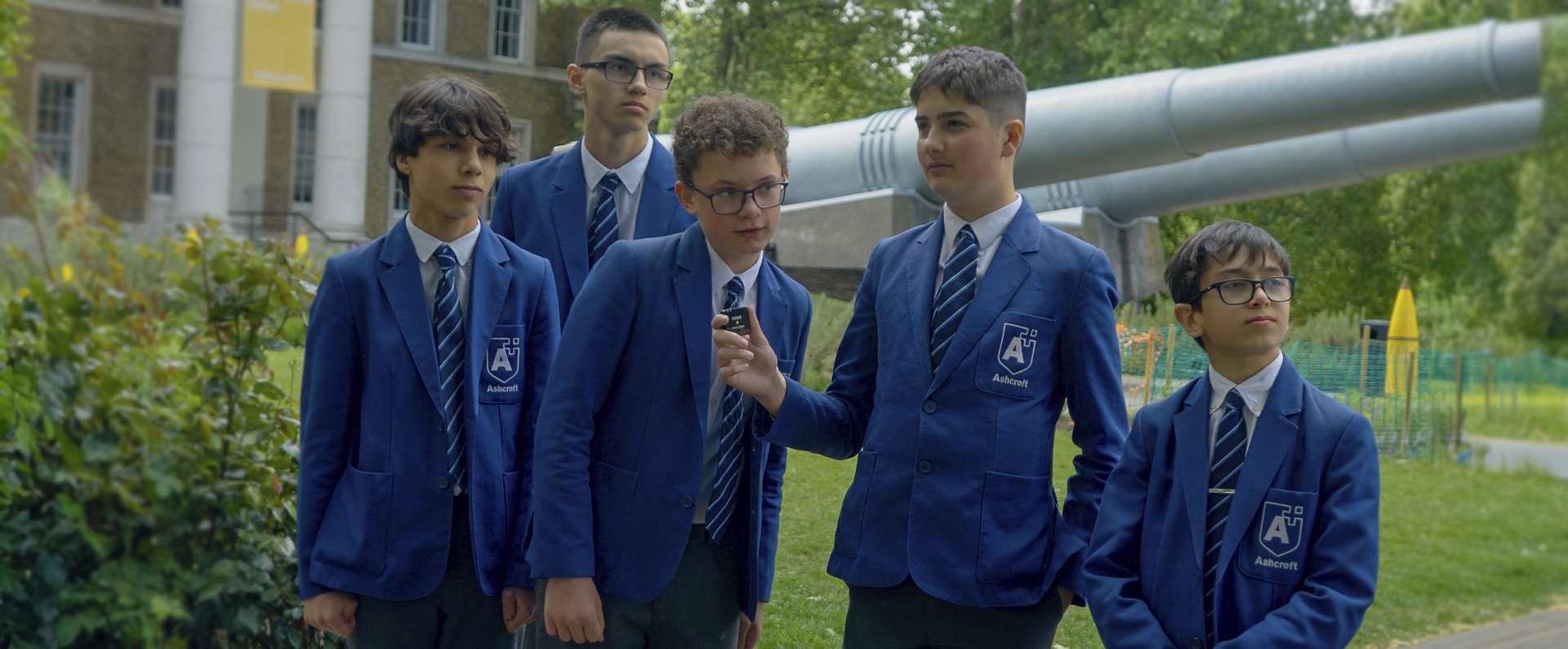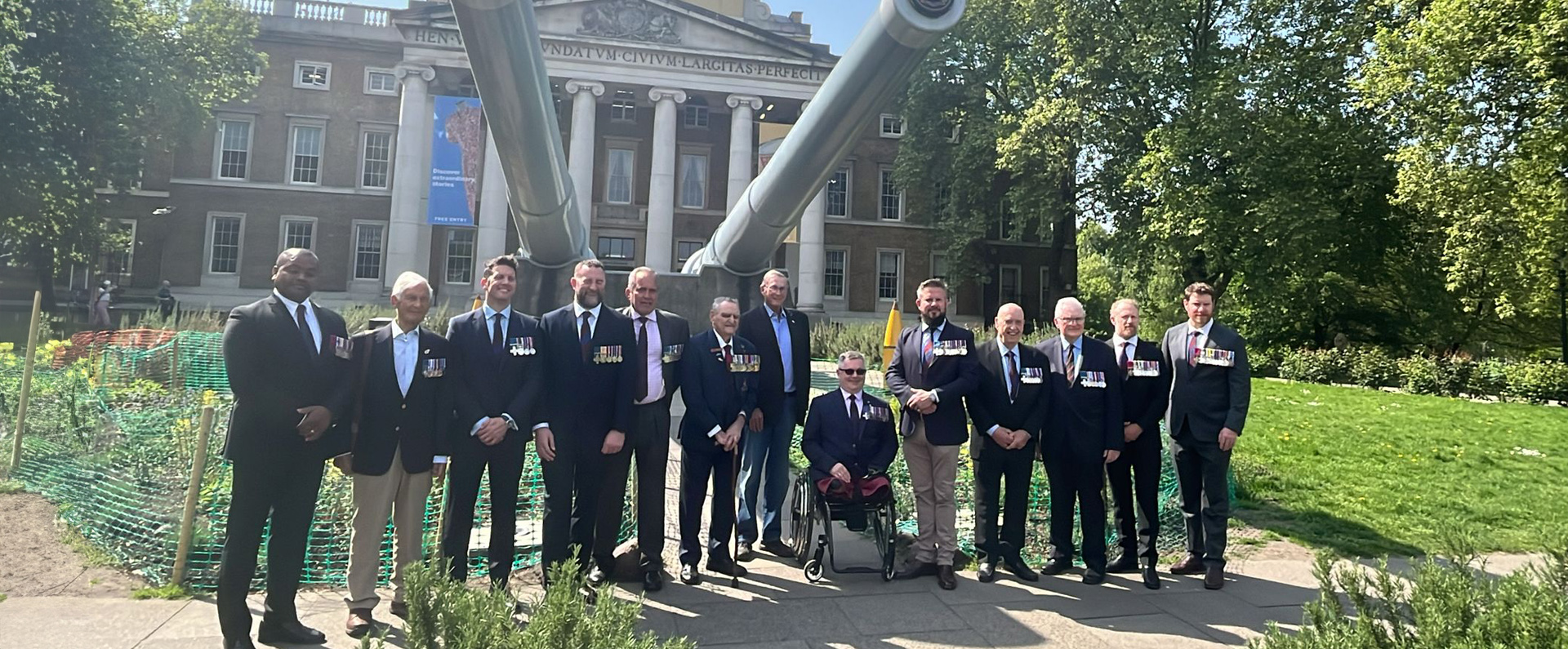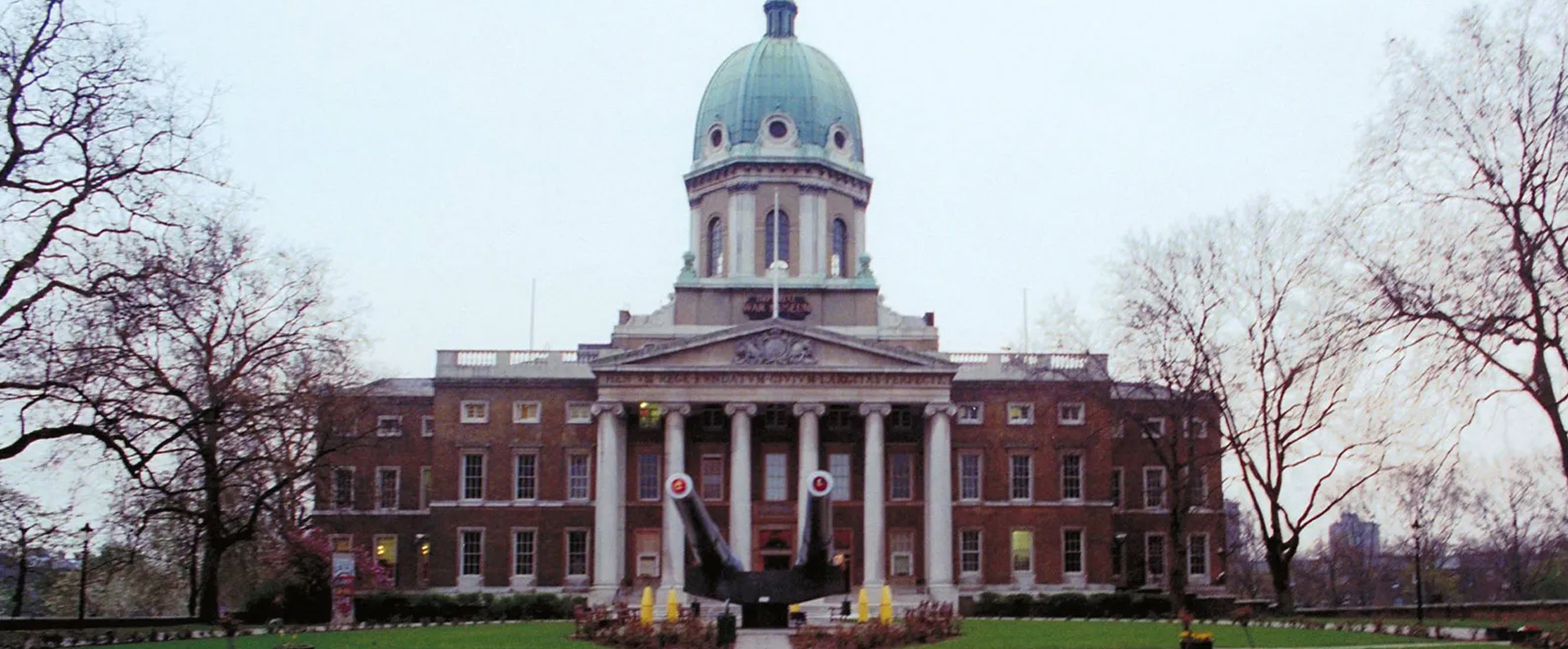
Article published on 30 August 2020 in Post Magazine, South China Morning Post.
South Africa’s wild and farmed lions are being slaughtered – often by tourists in brutal ‘canned hunts’ – butchered and shipped to Asia as tiger bone for use in traditional medicine. British politician Michael Ashcroft wants to end this cruel trade.
The tiger’s fate is sealed at a clandestine meeting outside a wildlife reserve two hours’ drive from Johannesburg, South Africa. An Asian businessman known as Michael waits in a saloon car with a brown paper bag stuffed with banknotes on the seat behind him. A 4×4 pulls up alongside and the driver joins Michael in his car, picks up the bag, and carries it to the owner of the reserve nearby.
The deal is done, and the owner – who boasts on his website how animals at his reserve are “treated with the utmost care and affection” – leads the party into the grounds of the reserve park where he picks up a rifle loaded with a tranquilliser dart and shoots a male adult tiger pacing around a small caged enclosure. It is slaughtered and the bloody carcass lifted onto a pickup truck before it is taken away to a farm to be skinned, deboned and boiled.
Weeks later, Michael reappears for a second rendezvous at a petrol station forecourt where he collects the tiger’s carcass, which is bagged and stored in Johannesburg, along with 14 other skeletons, ready to be shipped to Asia. Some fur will be left on the tiger’s skull, to give the impression all the skeletons in the shipment came from tigers, rather than less endangered, easier to poach, African lions.
The transactions – captured on hidden video cameras as part of a two-year undercover investigation – are a snapshot of an illicit but highly lucrative trade in lion bones being passed off as tiger bones for sale into China and Southeast Asia’s traditional medicine market. The trade has grown to such an extent that it is jeopardising South Africa’s wild lion population, estimated to number around 3,000 – only a quarter of the size of the captive population.
More than 300 farms and wildlife parks and reserves in South Africa are believed to be breeding lions to be slaughtered for their skeletons, and the industry is supported by a trend for “canned hunts”, in which lions raised in captivity are drugged and released into confined enclosures where they are shot dead by trophy hunters. Up to 1,000 lions a year are killed in this way, providing a continuing supply of lion bones while adding to the value of a slaughtered lion.
Demand for lion bones has skyrocketed in recent years, largely because of well-meaning efforts to preserve other big cats. A lion’s skeleton is worth US$3,000 to US$4,000, compared with about US$20,000 for a tiger’s, but can easily be passed off as that of a tiger to Asian buyers.
A little over a decade ago, lion bones were considered of no value and were routinely disposed of by hunt operators. However, since the introduction of a worldwide embargo by the Convention on International Trade in Endangered Species of Wild Fauna and Flora (CITES) on tiger farming for commercial purposes in 2007, trophy hunters in South Africa are usually made to sign contracts agreeing to keep only the animal’s head and skin while the bones remain the property of the park to sell on to Asia as fake tiger bones.
In the year after the CITES restrictions came into effect to strengthen the protection afforded to tigers, the export of lions and lion parts to Asia from South Africa jumped sixfold, according to a report by the wildlife trade monitoring group TRAFFIC, which warns the increasing demand may affect the populations of wild lions and other big cats.
As profits have grown, so has the savagery. A horrific trend has reportedly emerged among Asian buyers for “pink bone”, distinct for its light red colour. Whether tiger, or now more likely lion, this effect is achieved by deboning the animal while it is still alive, allegedly fetching a higher price in the traditional medicine market.
The covert operation to expose the lion-bone trade – named Operation Chastise after the Dam Busters raids by Britain’s Royal Air Force during World War II – was funded by philanthropist and wildlife campaigner Michael Ashcroft. The former deputy chairman of Britain’s Conservative Party has made it his personal mission to expose the evils of canned hunts and shut down South Africa’s trade in lion bones.
Ashcroft recruited a team of undercover operatives, including former members of British special forces, who were set up in a safe house outside Johannesburg and persuaded an established lion-bone dealer to turn whistle-blower and go undercover to film the brutality and horrendous conditions at South African lion farms, and the way in which skeletons are sold for export to China and Southeast Asia.
The video footage and the extent of the criminality it exposed – detailed in a new book by Ashcroft, titled Unfair Game – includes horrifying scenes of healthy lions and lionesses being hunted and shot dead in wildlife parks that advertise themselves as family-friendly destinations.
In a reserve 200km south of Johannesburg, one of the owners was filmed shooting a wounded lioness as she cowered in a tree. She falls to the ground, whelping in agony, and the man shoots the terrified animal 10 more times in the shoulder and stomach over a seven-minute period, leaving her to die slowly and painfully so as not to damage her skull and reduce the value of her skeleton.
In another scene, a bewildered and clearly panicked male lion is released from a pickup truck to be hunted in an enclosed area from which it has no hope of escape. It jumps with terror into the branches of a low tree, where it perches pathetically as the hunters close in. In another clip, a pack of dogs are released to hunt a lone, drugged and drowsy lion to its death.
The scenes give a glimpse of the cruelty of the canned hunting industry, which began in the 1990s and has flourished alongside the boom in demand for lion-bone exports to Asia. Animal welfare organisation Four Paws International estimates that 10,000 to 12,000 lions are “waiting to die” in farms in South Africa and that two to three lions are shot dead by trophy hunters every day.
“The larger the wallet, the larger the trophy,” a Four Paws report says. “A male lion with its magnificent mane costs about €25,000 [US$29,500] while animals with particularly dark, thick manes go for up to €45,000. Lionesses can be shot for €5,000 or less. On some farms, even cubs are offered for slaughter. Lions can be hunted with rifles or crossbows.”
There is seldom a swift, clinical end. “Often, many shots are needed to kill the animal,” the report says. “Anyone can go and hunt lions in South Africa. Usually, it is not necessary to own a hunting licence or have proven hunting experience. This means that many lions are not killed by the first bullet and experience an agonising death.”
Lions reach trophy-hunting age at four to seven years old. Before then, most have been used as attractions in wildlife parks where visitors pay to cuddle cubs and take photographs with them. “Most tourists are unaware that in this way they are supporting a horrific industry – an industry that even many hunting associations reject as unethical,” says the Four Paws report.
Trophy hunters who boast about their kills online have suffered backlashes. In July 2019, there was an online storm over a picture of a celebratory kiss two hunters from Edmonton, Canada, shared over the body of a lion they had just shot and killed in a canned hunt. The picture was run on the Facebook page of the tour company that had organised the couple’s trip with the caption: “Hard work in the hot Kalahari sun […] well done. A monster lion.”
In an interview with a British newspaper, the head of one safari company defended the couple, saying, “This lion was bred for hunting and for lion bone export to the Far East […] This is an animal that was farmed like a cow, a sheep, or a crocodile that is farmed for meat and skin. The money these clients paid for this lion is much needed in poverty-stricken southern Africa. Why do we have to answer to your armchair conservationist readers that know nothing about Africa?”
Claiming they support poor farm workers in South Africa, the canned hunts themselves are an almost exclusively white pastime. Safari operator Ian Michler, who spent 25 years investigating the industry and produced a documentary called Blood Lions (2015), observes: “I don’t know a single ethnic African group that kills animals for fun […] It’s a colonial construct, brought in by the colonials.”
Ashcroft was surprised how few South Africans realised the extent of what was going on in their own country when he conducted his investigation. “The farms are very, very isolated and fenced off and well patrolled and it is very difficult for anyone to get inside,” he says.
The British billionaire first heard of canned hunting when he went to South Africa in 2018 on a project to help former soldiers suffering from post-traumatic stress disorder by taking them to care for orphaned baby rhinos. “When I first heard about it, I could not believe it was true,” Ashcroft says. He sent drones over farms to view what was going on and then flew by helicopter over six farms using hi-tech cameras to see for himself the scale of canned hunting operations.
In a dramatic operation, in April 2019, Ashcroft hired an undercover team to infiltrate a farm and rescue a lion that was about to be hunted. The 11-year-old big cat, called Simba, was taken to live out his days in a sanctuary elsewhere in South Africa, the location of which Ashcroft is keeping secret for fear the lion might be targeted by canned-hunt operators.
The undercover team then switched their attention to those involved in the lion-bone trade. They used surveillance cameras, vehicle trackers, burnerphones and monitoring devices to stalk their human prey, building up a damning dossier of evidence, including names, addresses and videos, which they handed to South African police.
Throughout the investigation, however, one key link remained infuriatingly elusive: Michael, the Asian bone dealer. Even though he was well known throughout the illicit industry, no one knew his real name or even his nationality, according to Ashcroft’s Unfair Game. The whistle-blower told investigators Michael had his own route, which “goes right through OR Tambo Airport” – Johannesburg’s main international airport.
Some say Michael is Taiwanese. Others believe he is from Vietnam. He is known as “a big player in the bone trade” and dangerous to cross. But the saloon car he arrived in to broker the tiger-killing deal had false number plates, and a BMW he drove to another meeting was registered to a Russian woman living in a suburb of Johannesburg and connected to Russian gangs operating in South Africa.
In secretly recorded conversations with the whistle-blower, Michael boasted of bribing corrupt airport officials to wave his contraband shipments through without a search and insisted it was easier to send them by air than by sea: “You have to buy space. You have to buy the whole crate, and to send 20 or 30 sets like that is not worth it. You need at least 100 sets to do it to be financially viable. That’s why they use the nearest airport. They buy the officials there and they send the stuff.”
Ashcroft describes Michael’s revelations as a “devastating indictment” of customs and security at South Africa’s international airports, raising questions about its ability and willingness to tackle illegal wildlife trading.
Lion bones from South Africa often end up in the hands of organised crime networks in Vietnam and Laos, distributed and sold through shadowy networks in Southeast Asia and China. However, in South Africa, a country where corruption and bribery remain endemic, punishments in the few cases that have been brought to trial are woefully light compared with the huge profits involved.
In November 2018, six Vietnamese nationals and two South Africans were arrested 240km from Pretoria after more than 40 lions were slaughtered to order at a farm. Eight months later, the Vietnamese were fined amounts ranging from US$440 to US$2,750 and ordered to leave the country.
Ashcroft says the responsibility for cracking down on the trade in lion bones lies as much with the governments of China and countries in Southeast Asia as with officials in South Africa. People who consume lion and tiger bones, meanwhile, are responsible for “one of the worst possible crimes against nature”, he argues.
“My message to them is that they are all guilty of a heinous crime against nature,” he says. “There is no medical evidence that consuming animal bone is beneficial to human health. On the contrary, there is a chance consuming animal bone could be very harmful because of the various diseases these bones can carry.
“I would like to see a huge re-education programme taking place. If people in Asia knew how disgusted we in the West are at these habits of eating certain animal parts, I wonder if they would do it. I fundamentally disagree with the idea that Asian cultural habits are more important than protecting endangered animals like lions and tigers. There’s a clear message: please stop eating lions and tigers.”
China has announced a ban on consuming wildlife in the wake of the coronavirus pandemic but traditional medicine products – including lion and tiger bone – are exempt. “To be clear, these potions and pills and powders have no business being referred to as medicine. It’s a misnomer. They do not treat or prevent diseases. They probably cause them, and could be as bad for people as smoking cigarettes or drinking to excess,” Ashcroft says.
“I’d like to see a vigorously enforced re-education programme in Asia, perhaps starting with children, to teach them that wildlife belongs in the wild and should be protected, not consumed or torn apart for their bones and teeth.
“I’d like to see Asian governments introducing laws that support wildlife. I’d like to see Asian authorities enforcing these laws and if, in a few years, there are no lions left in Africa, then Asian countries will have to take responsibility for their part in causing that extinction.”
Ashcroft appealed to China to crack down on the trade. “With diplomatic tensions as great as they are at present, and the prospect of a trade war with the West and the Huawei row potentially reaching the sort of conclusion that the Chinese will not welcome, China may not want to engage in talks about lion bones and the wildlife trade.
“On the other hand, China has a big commercial presence in Africa and I believe has a moral duty to tackle the lion bone trade and other illegal wildlife trade. What sort of country does China want to be viewed as on the world stage? I will continue to point out that China, along with Vietnam and Laos, bear the ultimate responsibility for the demand in lion bone that has proved so devastating to lions in Africa.”
The most effective way to halt the trade is to impose a blanket ban on the export of lion bones from South Africa, Ashcroft believes. “If it became illegal to export the bones, the whole market for canned lion hunts will start to lose its profitable allure.”
While his daring investigations have won widespread support from international animal welfare groups, the reactions of officials in South Africa with the power to act against the trade have been far from enthusiastic.
When two members of Ashcroft’s investigative team arranged a meeting with two senior policemen in charge of wildlife crime at the end of last year, offering the dossier of evidence against Michael and the wildlife reserves, police refused to accept it and said they were “lucky not to be spending Christmas in a Pretoria jail wearing orange overalls” for carrying out an unauthorised investigation.
“For reasons which will never be entirely clear, they showed complete disregard for the obvious illegality they were told about,” says Ashcroft, who also received no response to a letter and documents about the investigation he sent to the South African High Commission in London.
Despite his exasperation at the inaction of South African officials, Ashcroft remains optimistic that, by exposing the sheer brutality of the canned-hunt and lion-bone industries, his investigations will be the catalyst for their eventual end.
“These lions are born to die, and profited from all along the way,” he says. “Throughout history, as society moves on, we change our views of what is acceptable. I hope this is one of those cases and that people will come to see this is an unacceptable way to deal with the lion.”
To read more about Michael Ashcroft’s investigations, visit lordashcroftwildlife.com. All royalties from Unfair Game go to South African wildlife charities.
For more information, visit:



